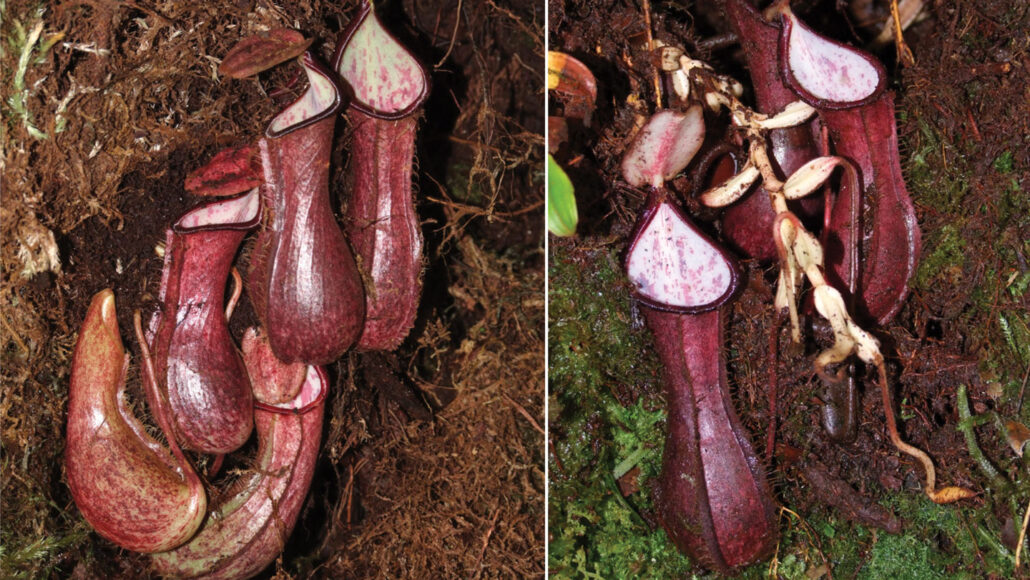beetle: An order of insects known as Coleoptera, containing at least 350,000 different species. Adults tend to have hard and/or horn-like “forewings” which covers the wings used for flight.
biodiversity: (short for biological diversity) The number and variety of species found within a localized geographic region.
biologist: A scientist involved in the study of living things.
Borneo: The largest island in Asia and third largest in the world. It is mountainous, covered by vast expanses of rainforest and sparsely populated by people. Part of its land belongs to the nation of Indonesia, a small part to the sultanate of Brunei and the rest to the nation of Malaysia.
colleague: Someone who works with another; a co-worker or team member.
hypothesize: (n. hypothesis) To propose an explanation for a phenomenon. In science, this hypothesis is an idea that must be rigorously tested before it is accepted or rejected.
insect: A type of arthropod that as an adult will have six segmented legs and three body parts: a head, thorax and abdomen. There are hundreds of thousands of insects, which include bees, beetles, flies and moths.
pitcher plant: A carnivorous plant that traps bugs in traps filled with fluid and shaped like pitchers.
prey: (n.) Animal species eaten by others. (v.) To attack and eat another species.
rainforest: Dense forest rich in biodiversity found in tropical areas with consistent heavy rainfall.
sewer: A system of water pipes, usually running underground, to move sewage (primarily urine and feces) and stormwater for collection — and often treatment — elsewhere.
species: A group of similar organisms capable of producing offspring that can survive and reproduce.








